By Estevan Roth, EAA 1072339
This piece originally ran in the April 2025 issue of EAA Sport Aviation magazine.
In the early 1990s, in Bolivia, South America, my father embarked on a remarkable journey — to construct a plansbuilt airplane for a customer, a not-so-common endeavor in that part of the world. This endeavor, which commenced when I was around 10 years old, unfolded initially in the spacious confines of our home shop before transitioning to a hangar at the local airport.
As a youthful aficionado of aviation, my appetite for all things flight-related knew no bounds. I voraciously consumed the contents of every aviation magazine and book within reach. Among them, the 1972 edition of Jane’s All the World’s Aircraft stood as my guiding light, while issues of Kitplanes and EAA Sport Aviation, eagerly retrieved from our mailbox, were thoroughly devoured from cover to cover. It was within the pages of a 1993 Kitplanes magazine that I stumbled upon a surprise — a feature on the North Star aircraft from Canada, which casually mentioned their offering of wings for Sportsman 2+2s. With much enthusiasm, I shared this discovery with my father, and soon thereafter, a set of these wings was duly procured from Custom Flight Components in Canada.
A 220-hp Franklin engine bought at SUN ’n FUN 1996, coupled with a Hartzell constant-speed propeller, marked significant milestones in the project. Franklins, then being manufactured in Poland by PZL, offered a compelling alternative to Lycomings, boasting comparable weight and fuel efficiency thanks to their 10.5-to-1 compression ratio.
In 1999, the culmination of efforts was realized with the aircraft’s maiden flight. Initial performance evaluations proved promising, attracting the interest of various pilots. However, after a brief ownership stint, the original owner opted to part ways with the aircraft due to advancing age.
In the early 2000s, my father assumed ownership, affording me the opportunity to revel in the joys of flying the aircraft for several years. Subsequently, a partnership formed with an American counterpart led to the relocation of the aircraft — and me — to California in 2011. Nestled within the confines of a hangar at Fox field (KWJF) in Lancaster, California, the aircraft underwent refurbishments and minor enhancements before finding a new home with a pilot in Cody, Wyoming, in 2014.
Years passed, and occasional updates trickled in regarding the aircraft’s status. However, it wasn’t until 2021 that I learned of its availability for purchase. Luckily, my contracting business increased in the COVID-19 pandemic, and negotiations for the acquisition commenced, culminating in the realization of a childhood dream — owning the aircraft that had played such a pivotal role in my formative years as a pilot.

Returning the aircraft to its base in LA in July 2022, a flurry of upgrades ensued. From new aluminum wing struts outfitted with custom carbon-fiber jury struts to some instrument panel enhancements including ADS-B In and Out capabilities through uAvionix, nav lights, LED landing lights, and additional communication and transponder units — the aircraft underwent a comprehensive transformation.
Looking ahead, plans for further improvements abound, including the installation of all-carbon-fiber flooring, enhanced landing gear suspension, and improved engine baffling, among others. These enhancements aim to optimize performance and reduce weight, ultimately enhancing the aircraft’s capabilities.
In terms of performance metrics, the aircraft boasts an impressive array of statistics. With an empty weight reported at 1,499 pounds (prior to bigger tires), efforts are underway to achieve a target weight of 1,450 pounds upon completion of the upgrade agenda. Structural enhancements have raised the gross weight to 2,500 pounds, ensuring ample capacity for both passengers and cargo.
Cruising comfortably at around 100 knots indicated at 2300-2400 rpm, the Franklin engine delivers reliable power while consuming a modest 9.5 gph lean of peak. However, it is in the realm of stall characteristics that the aircraft truly shines. With power-off stalls clocking in at less than 20 knots with a front load and half-tank of fuel, and a gentle, controllable break even with rear load and full tanks, the aircraft’s performance is nothing short of remarkable.
In 2023, I had the privilege of flying the Aviastol, as it was affectionately dubbed in Bolivia, to Oshkosh for AirVenture — an achievement that realized a long-held childhood dream and underscored the enduring passion for aviation that continues to drive my journey in the sky.

Attention — Aircraft Builders and Restorers
We would love to share your story with your fellow EAA members in the pages of EAA Sport Aviation magazine, even if it’s a project that’s been completed for a while. Readers consistently rate the “What Our Members are Building/Restoring” section of the magazine as one of their favorites, so don’t miss the chance to show off your handiwork and inspire your peers to start or complete projects of their own. Learn more ->



